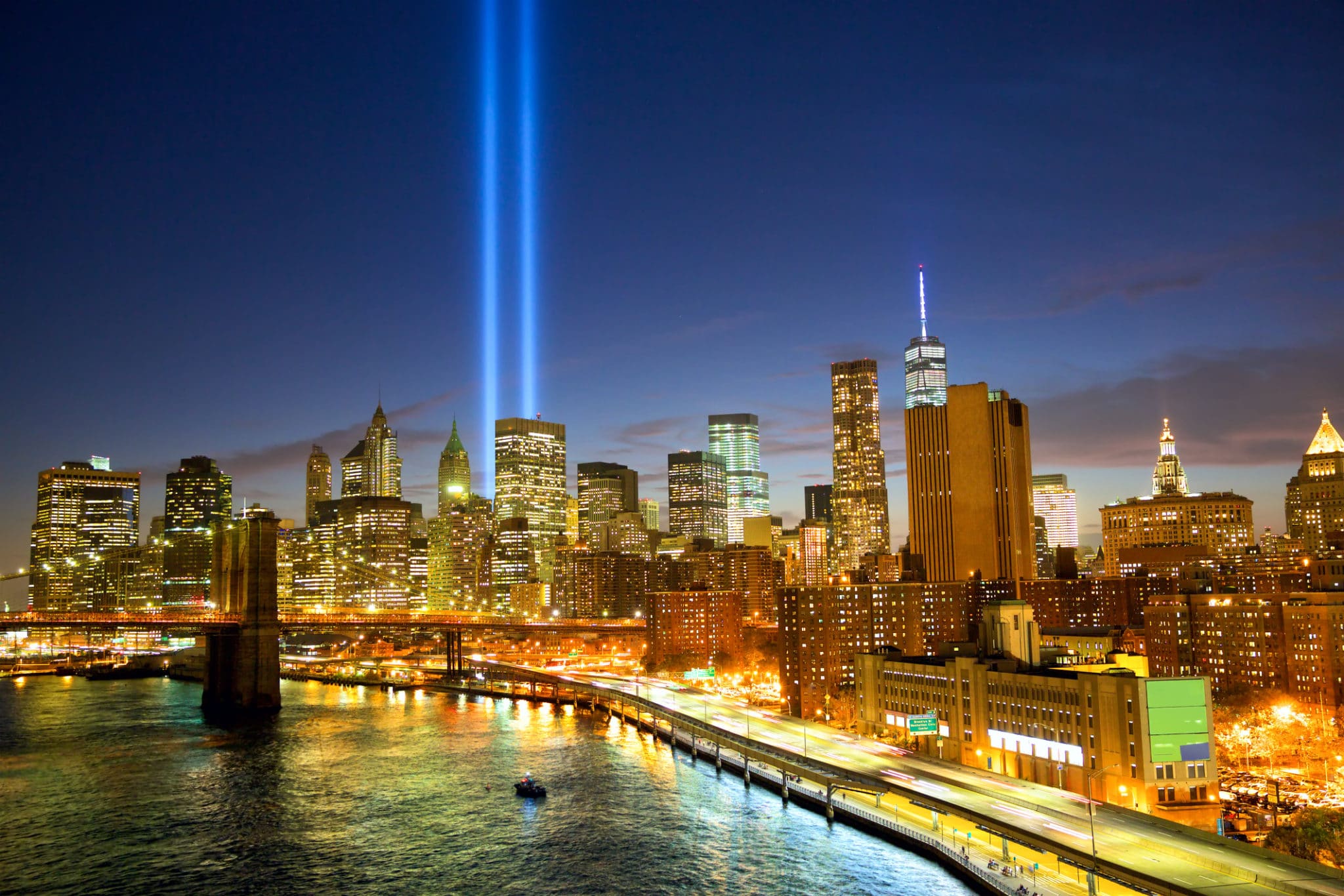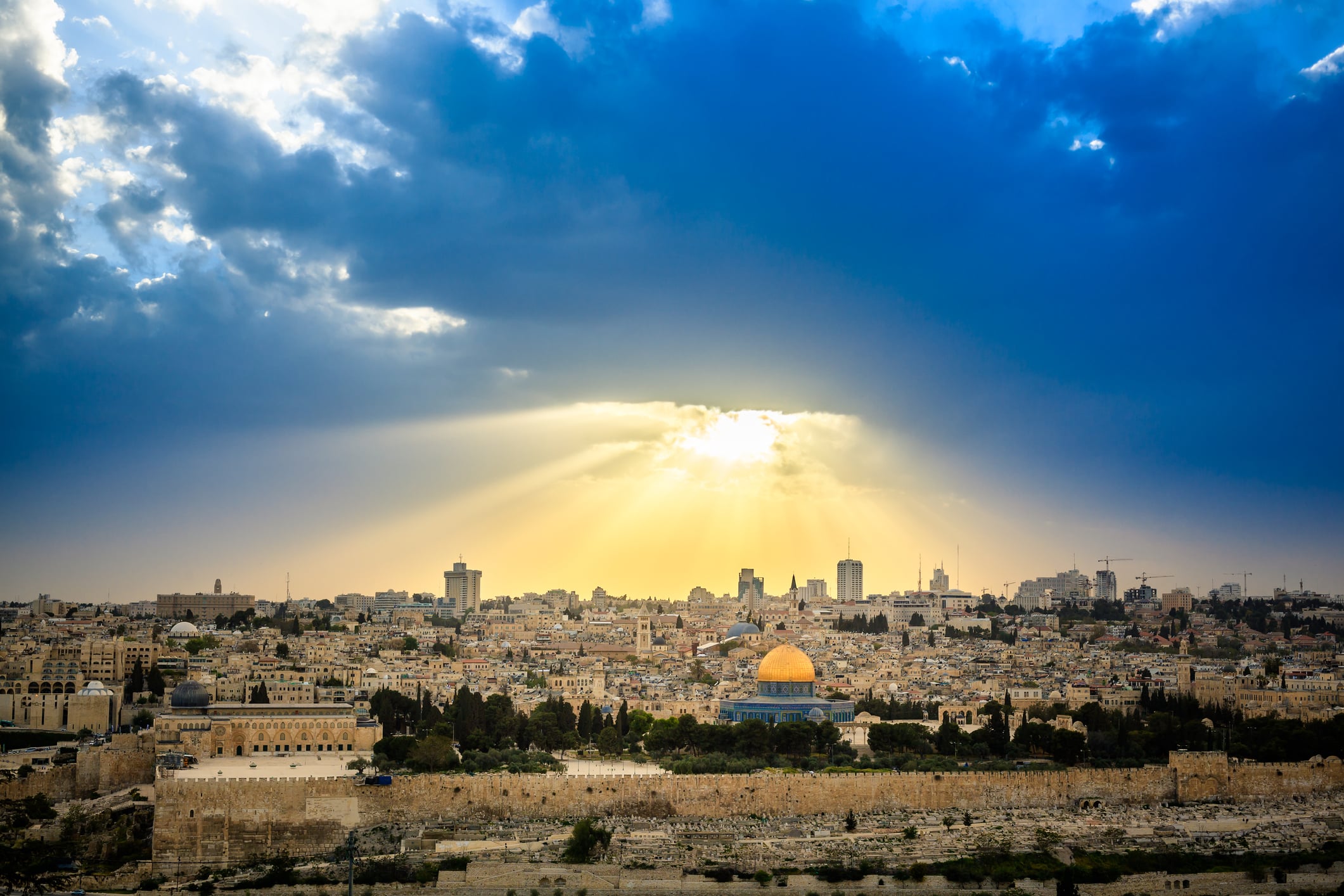And the earth opened its mouth and swallowed them and their homes; all Korach’s people and all their property…
And a fire came forth from G-d and consumed the two hundred and fifty men who offered the ketoret.
Numbers 16:32-35
Every folly has its kernel of truth, every crime a virtuous objective at its heart. For the essence of man is unadulterated good; it is only that, at times, something might go awry in the process from motive to deed, so that a lofty ideal is corrupted to a lowly end.
The same was true of the mutiny of Korach, to whom our sages refer as the father of all discord and strife.[1] Korach challenged the authority of Moses, the truth of the Torah, and the very structure of the community of Israel as ordained by G-d. But the principle behind his arguments was a positive one, and the ambition that fired his deeds was laudable.
“The entire community is holy,” argued Korach to Moses and Aaron, “and G-d is within them. Why do you exalt yourselves above the community of G-d?”[2] Why does a Jew need Moses to teach him the word of G-d and Aaron to perform the service in the Holy Temple in his stead, when he himself possesses a soul that is a spark of the divine flame? Why can’t he realize his relationship with G-d on his own, without teachers, leaders and priests in his spiritual life? The essence of Korach’s arguments is, of course, true: the soul of man is “literally a part of G-d,”[3] and it requires no “intermediaries” in its connection with its source. Indeed, the prophet prophesies a future world in which:
“No longer shall a man teach his fellow… for all shall know Me, from the least of them to the greatest.”[4]
Korach erred in attempting to force this perfect state on a yet imperfect world—a world in which we do require guidance in the realization of our intellectual and spiritual potential, and in which the decree of refinement, spirituality and manifest connection to G-d varies from individual to individual.
Korach was driven by his frustrated desire for the office of Kohen Gadol(High Priest), to which Moses had appointed his brother Aaron, as G-d had instructed. The Kohen Gadol was the one who, representing the people of Israel, officiated at the most sacred services in the Holy Temple. It was he who offered the ketoret (“incense”) in the Holy of Holies (the innermost chamber in the Temple) on Yom Kippur, marking the point at which the most sacred elements of the three dimensions of reality—time, space and soul—converged, the holiest human being entering the holiest place in the universe on the holiest day of the year. But to yearn for a greater closeness with G-d than one is capable of or even permitted is a most positive thing; indeed, the tension between what one is able and required to achieve and that which lies beyond one’s reach is the essence of a spiritually productive life. Korach’s ambition turned destructive when it crossed the fatal line from yearning to deed, from striving toward a holier state to acting as if one had already achieved it.
Korach’s ideology and ambitions were positive, but the truth of a thing depends on its parameters as much as on its content. Given free rein to expand beyond the bounds of the permissible, they became a malignant cancer that consumed this wise and virtuous man,[5] ultimately leading him to open rebellion against those appointed by G-d to head the Jewish people and to denial of the divine communication to Moses.
The Swallowed and the Consumed
The dichotomy within Korach between his motives and his deeds was also reflected in the two distinct groups which made up his following. Joining Korach in his rebellion were :
“two hundred and fifty men from the people of Israel: leaders of the community, of those called to the assembly, men of distinction.”[6]
These individuals were driven by the aspiration to bekohanim gedolim; indeed, when Moses challenged them to offer ketoret as a test of whether they were worthy of such a high spiritual station, they eagerly did so, although they knew that Aaron’s two elder sons, Nadav and Avihu, had died in a similar attempt.[7] But Korach’s camp also included a mob of rabble-rousers, including the infamous Datan and Aviram,[8]jealous of Moses and discontent with the “burden” of the divine commandments he had introduced into their lives.[9]
The difference between these two groups is illustrated by the manner in which they met their tragic end. The two hundred and fifty men who offered the ketoret were consumed by a heavenly fire, while Datan and Aviram and their ilk were swallowed up by the earth. As for Korach himself, the Midrash tells us that since he was responsible for both these groups, he received both penalties: his soul was consumed by fire, and his body was swallowed by the earth.[10]
Korach’s mutiny also had both a soul and a body: the positive forces that agitated it and the negative form they assumed. At its climatic end came a separation of these two elements: its “soul” ascended on high in a holy conflagration (“fire” being the process in which the energy implicit in a substance is released and rises through the atmosphere), while its “body” fell away to be absorbed by the earthly abyss.[11] Released from its iniquitous embodiment, the spirit of Korach could now be reclaimed for its pure and holy applications.
Based on an address by the Rebbe, Shabbat Parshat Korach 5717 (June 22, 1957) and on other occasions[12]
Adapted from the teachings of the Rebbe by Yanki Tauber
[1]. Talmud, Sanhedrin 110a; et al.
[2]. Numbers 16:3.
[3]. Tanya, part I, ch. 2.
[4]. Jeremiah 31:33.
[5]. Cf. Rashi, Numbers 16:7: “How did Korach, who was a wise man, come to such folly…?” (Indeed, since the Torah does not tell us anything about Korach’s life prior to his rebellion against Moses, how do we know that he was a wise man? Obviously, then, it is his very folly that reveals his wisdom. Examining his arguments and actions, we uncover the positive and desirable elements that gave rise to them.)
[6]. Numbers 16:2.
[7]. Ibid., verses 5-7 and 18; Leviticus ch. 10; see Shaloh, Parshat Korach (p. 358a). A similar phenomenon was found among the high priests of the Second Temple period, who bought the office from the Roman rulers of the Holy Land. As the Talmud (Yoma 9a; Jerusalem Talmud, ibid., 1:1) relates, because they were not worthy of entering the Holy of Holies, none of them survived even a single Yom Kippur. Nevertheless, there was no lack of bidders for the post each year! For these were people who so greatly desired to experience the ultimate manifestation of G-dliness on earth that they were ready to forfeit their lives for it.
[8]. Datan and Aviram were the two Jews whom Moses witnessed quarreling in Egypt (Exodus 2:13) and who were at the heart of virtually every conflict with Moses in Egypt and the desert (see Midrash Rabbah, Shemot 1:34 and 25:14; Tanchuma, Shemot 10; et al).
[9]. Numbers 16:1. See Yalkut Shimoni on verse.
[10]. Midrash Tanchuma, Korach 9; et al.
[11]. A similar process occurred with the “bursting of the vessels” in the primordial world of Tohu, in which the divine light was too intense for its defining parameters and ascended to its supernal source while its broken vessels fell to form the substance of the material universe (see Maamar Acharei Mot 5649).
[12]. Likkutei Sichot, vol. XVIII, pp. 202-211; ibid., pp. 187-191; et al.







